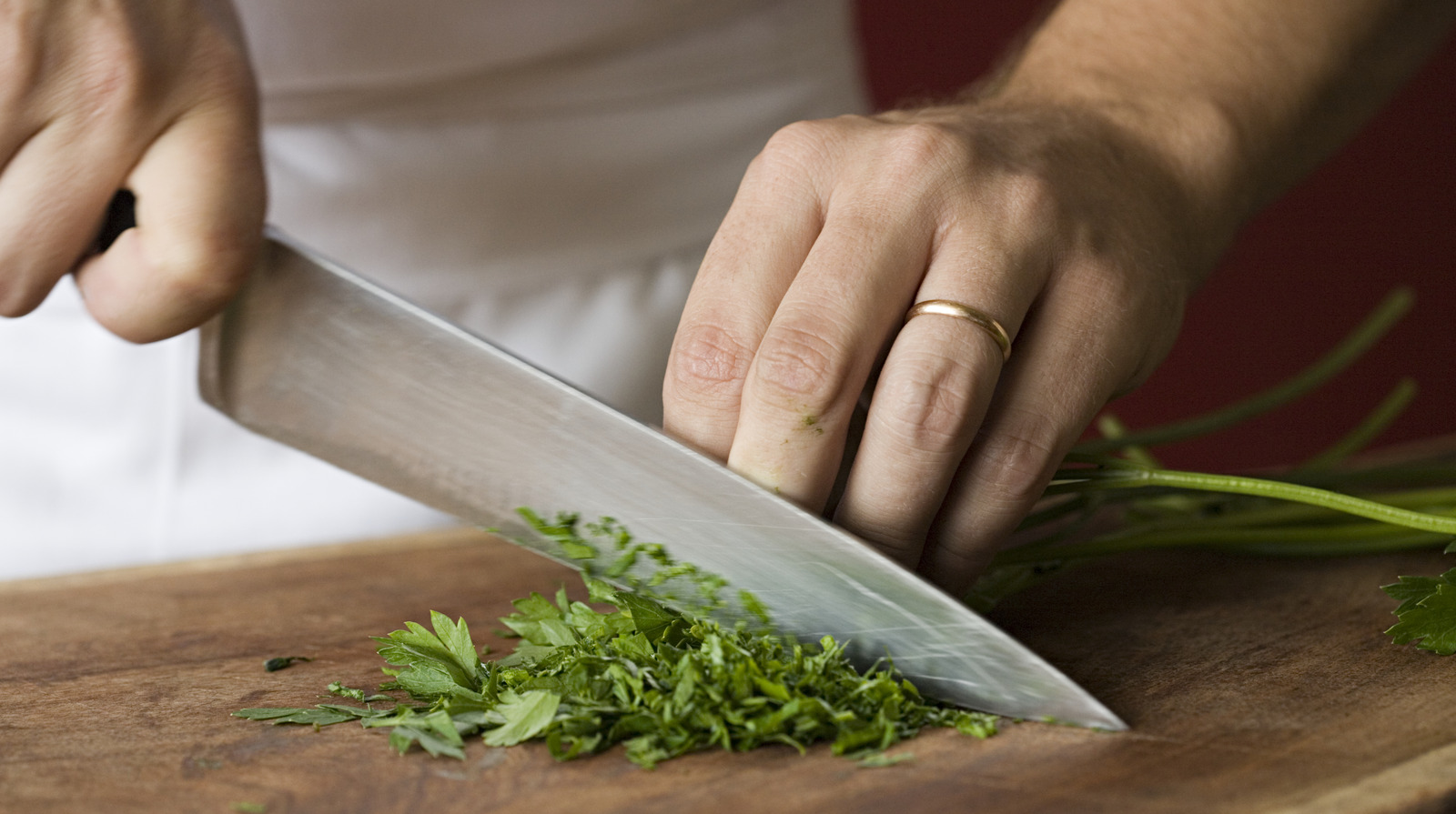How Should a Manager Deal with a Cutting Board for BBQ?
Written By James Morgan
As a barbecue enthusiast and a manager, knowing how to deal with a cutting board is crucial. The cutting board is one of the most essential tools in your arsenal, whether you're slicing meat, chopping vegetables, or organizing your ingredients. Ensuring that your cutting boards are well-maintained, appropriately used for different food types, and safely stored can make a significant difference in your grilling experience. Here, we'll delve into the necessary steps to manage cutting boards effectively.

Why a Cutting Board Matters in BBQ Management
Every barbecue enthusiast understands the value of impeccable preparation. A high-quality cutting board is central to this, as it helps in efficient prep work and maintains the sanitation needed for fabulous BBQ. But beyond just having cutting boards, understanding how to manage them properly is key to making sure your BBQ events are successful.
Choosing the Right Type of Cutting Board
The initial step in managing cutting boards is selecting the right type. There are mainly three types of cutting boards:
- Wooden Cutting Boards: Ideal for just about everything, known for their durability and being gentle on knife blades.
- Plastic Cutting Boards: Often used for raw meat due to their ability to be sanitized in a dishwasher.
- Bamboo Cutting Boards: Eco-friendly and also kind to knife blades, although they may be slightly harder than wooden boards.
For more specifics on the various types of cutting boards available, you can check out this comprehensive guide on cutting boards.

Maintaining Cutting Boards
Regular Cleaning
Cleaning your cutting board regularly is vital for maintaining its quality and hygiene. Heres how you can clean different types of cutting boards:
- Wooden Boards: Clean with mild soap and warm water. Avoid soaking in water to prevent warping. To keep your wooden cutting boards in top shape, learn how to condition your cutting board.
- Plastic Boards: These can safely go in a dishwasher, making sanitization easy.
- Bamboo Boards: Use mild soap and water, similar to wooden boards.
Proper Storage
Another critical aspect of cutting board management is proper storage. Stack them vertically to avoid moisture buildup, which can lead to mold. For an innovative solution, read up on how to hang a cutting board.

Hygiene Practices
Using Color-Coded Cutting Boards
To prevent cross-contamination, consider using color-coded cutting boards. For instance, use a red cutting board for raw meat and a green one for vegetables. This method ensures that harmful bacteria do not transfer from raw meat to fresh produce. For more details, check this detailed article on color coding cutting boards.
Sanitizing Between Uses
Using a food-grade sanitizer between switching from one type of food to another is critical. A mix of water and white vinegar can be a natural disinfectant alternative.
Additionally, you can learn more about keeping your kitchen space safe through this insightful read on cutting board safety.

Special Considerations for BBQ Enthusiasts
Barbecue enthusiasts often engage with a variety of ingredients, from raw meat to freshly grilled vegetables. This diverse array necessitates meticulous hygiene and proper cutting board handling. Knowing how to handle raw meat and where to place cleaned vegetables can improve your BBQ process significantly.
Handling Raw Meat
Given that barbecue involves a lot of raw meat, it's essential to handle these ingredients carefully. Always use a designated cutting board and clean surfaces thoroughly before and after use.
Post-Grill Prep
Once your meat is grilled, place it on a sanitized cutting board to chop before serving. This ensures that your cooked meat does not come into contact with any raw meat bacteria.
Advanced Tips for Cutting Board Management
Monthly Maintenance
Once a month, sanitize your cutting boards using a diluted bleach solution. This prevents any long-term bacteria buildup. For wooden boards, also consider applying a food-safe mineral oil to keep the wood conditioned and prevent drying.
Repurpose and Replace
Identify when a cutting board is beyond its useful life, particularly if it has deep grooves that can harbor bacteria. Instead, you could repurpose it into a rustic serving board for a charming presentation during BBQs.
FAQs
How often should I replace my cutting board?
It depends on usage, but generally, a cutting board should be replaced every few years, or sooner if it shows signs of excessive wear or deep grooves.
What is the best material for a BBQ cutting board?
Wood and bamboo are excellent choices for BBQ cutting boards due to their durability and gentle effect on knives.
Can I use the same cutting board for raw meat and vegetables?
It's best to avoid using the same cutting board for raw meat and vegetables to prevent cross-contamination. Using separate, color-coded boards is a safer approach.
As an Amazon Associate, I earn from qualifying purchases.



